In a groundbreaking archaeological discovery, drone-based LiDAR technology has unveiled two extensive medieval cities hidden in the mountains of Uzbekistan, challenging our understanding of ancient trade routes and urban development. The findings, recently published in Nature, demonstrate how modern aerial technology is transforming archaeological research methods, reports the Washington University in St. Louis.
Revolutionary Aerial Mapping Technique
A research team led by Michael Frachetti, professor of Archaeology at Washington University in St. Louis, and Farhod Maksudov from the National Center of Archaeology in Uzbekistan, has successfully deployed cutting-edge Drone Technology to map two previously unknown urban settlements. The project, supported by the National Geographic Society, represents the first-ever use of drone-based LiDAR in Central Asia, marking a significant milestone in archaeological exploration.
“The final high-res maps were a composite of more than 17 drone flights over three weeks,” explains Frachetti. “It would have taken us a decade to map such large sites manually.” This efficient mapping approach demonstrates the revolutionary impact of drone technology on archaeological research.

Unexpected Scale of Urban Development
The larger settlement, Tugunbulak, spans an impressive 120 hectares (297 acres), making it “one of the largest regional cities of its time,” according to Frachetti. Located at elevations between 2,000 and 2,200 meters (6,560-7,220 feet) above sea level – comparable to the elevation of Machu Picchu – these settlements challenge previous assumptions about medieval urban development in mountainous regions.
The high-resolution scanning revealed elaborate urban structures, including:
- Multiple watchtowers for defense and surveillance
- Fortified structures with three-meter-thick walls
- Extensive road networks
- Public plazas and gathering spaces
- Residential areas and workshops
- Sophisticated water management systems
Cultural Identity and Economic Significance
Maksudov notes the unique character of these settlements: “It’s clear that the people inhabiting Tugunbulak more than a thousand years ago were nomadic pastoralists who maintained their own distinct, independent culture and political economy.” This finding suggests a fascinating blend of nomadic traditions with urban development.
The smaller city, Tashbulak, covering 12 hectares (30 acres), lies just five kilometers from Tugunbulak. Together, these cities formed a significant urban network in what was previously thought to be an inhospitable region for large-scale settlement.

Industrial Innovation and Trade
Preliminary excavations at Tugunbulak have uncovered evidence of significant industrial activity, including what appears to be a sophisticated steel production facility.
“While typically seen as barriers to Silk Road trade and movement, the mountains actually were host to major centers for interaction,” Frachetti explains. “Animals, ores, and other precious resources likely drove their prosperity.”
The discovery suggests these cities were not mere outposts but rather important manufacturing and trading hubs that:
- Processed local iron ore into valuable steel
- Facilitated trade between lowland regions
- Served as cultural exchange points along the Silk Road
- Maintained sophisticated economic networks
- Developed unique technological innovations
Technical Achievement in Mapping
The mapping project combined multiple drone flights to create unprecedented detailed 3D models. The research team, including experts from the McKelvey School of Engineering, applied advanced computational algorithms to analyze the archaeological surfaces. This interdisciplinary approach revealed architectural details that would have remained invisible using traditional survey methods.
“These are some of the highest-resolution LiDAR images of archaeological sites ever published,” Frachetti emphasizes, attributing the exceptional clarity to the unique erosion patterns in the mountain setting. The project benefited from:
- State-of-the-art LiDAR sensors
- Advanced drone technology
- Sophisticated computer modeling
- Interdisciplinary collaboration
- Support from local authorities
Future Implications
The success of this project opens new possibilities for archaeological research in other mountainous regions along the Silk Road.
“We could really change the map of urban development in medieval Asia,” says Frachetti, hinting at the potential for future discoveries using this technology.

DroneXL’s Take
This groundbreaking research exemplifies the transformative potential of drone technology in archaeological exploration. The combination of LiDAR technology with drone inspection capabilities has opened new frontiers in understanding our past, particularly in challenging terrain where traditional surveying methods would be impractical or impossible. The success of this project demonstrates how drones are not just tools for modern applications but can also help us uncover and understand our shared human history.
The integration of various technologies – from aerial surveying to computational analysis – shows how modern archaeological research is evolving, making discoveries possible that would have been unimaginable just a few decades ago. This project serves as a model for future archaeological investigations in similarly challenging environments.
What are your thoughts on these remarkable archaeological discoveries made possible by drone technology? How do you think these findings might change our understanding of medieval trade and urban development? Share your perspectives in the comments below.
Discover more from DroneXL.co
Subscribe to get the latest posts sent to your email.

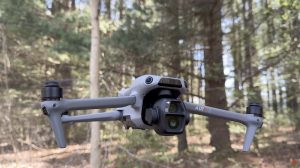

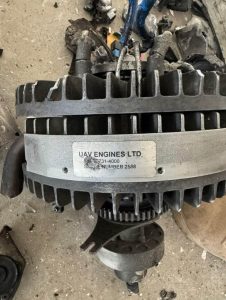

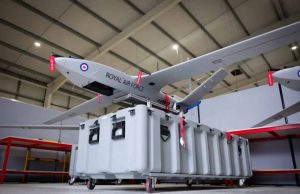
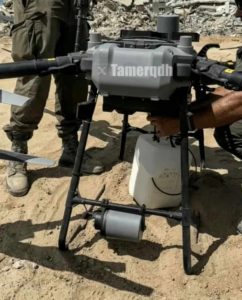


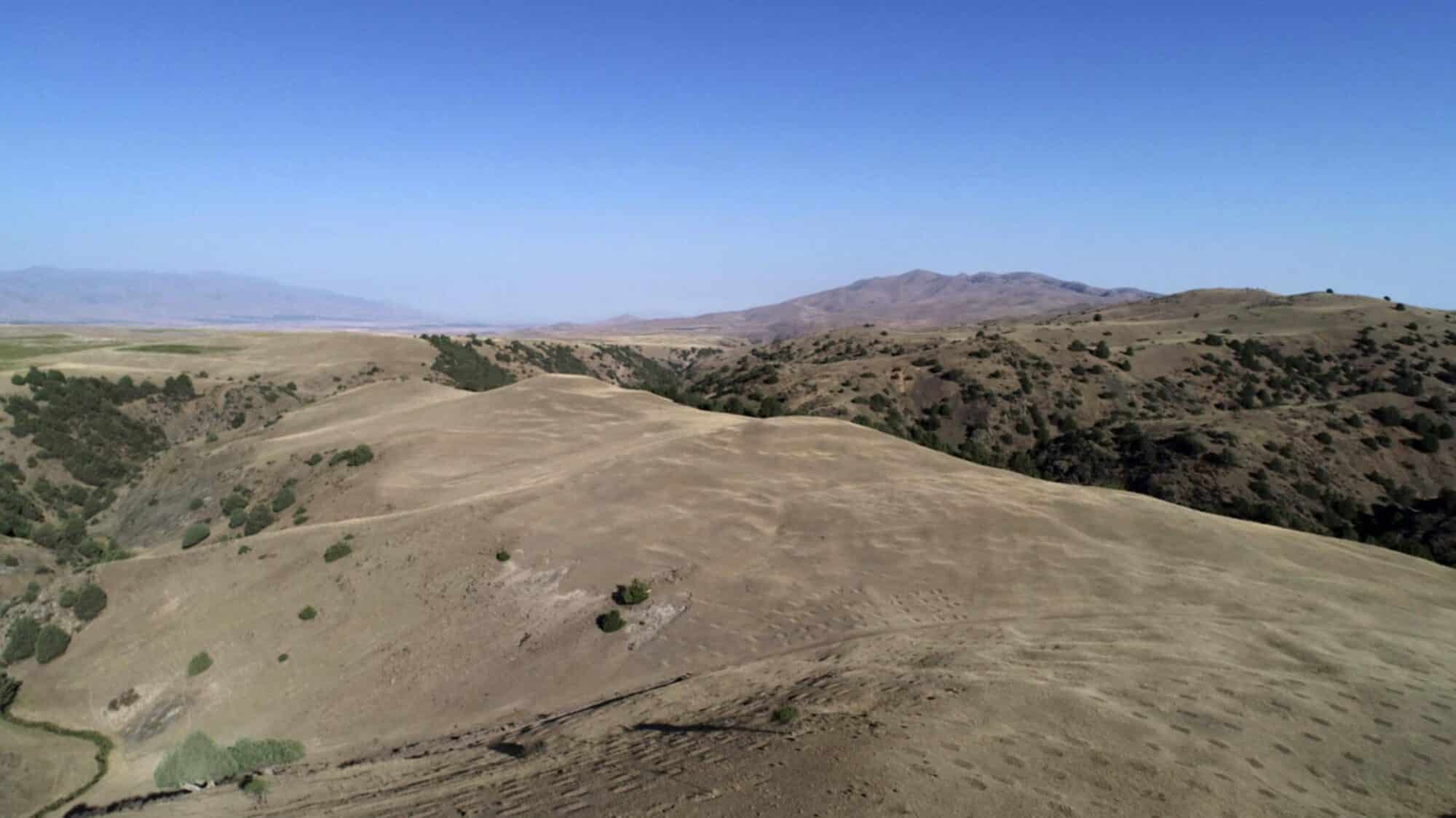

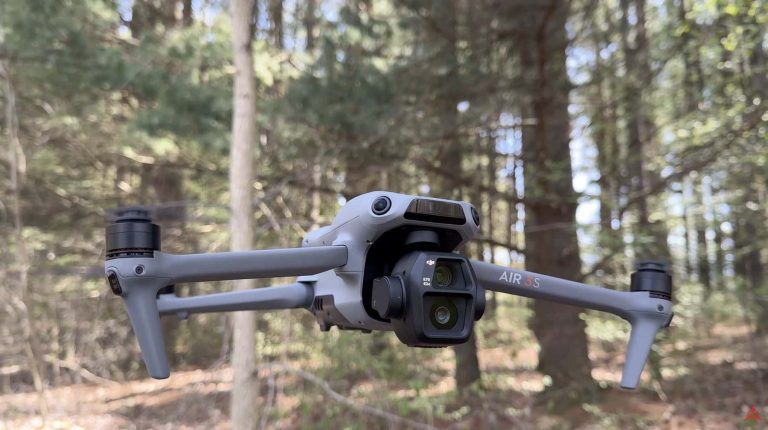

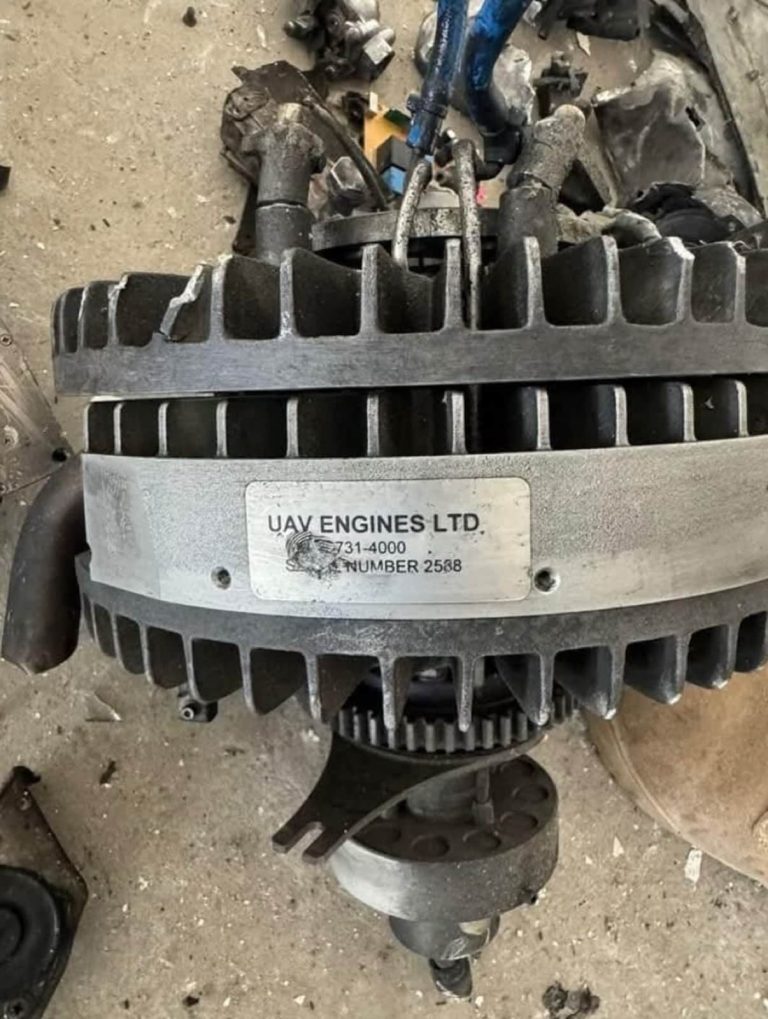

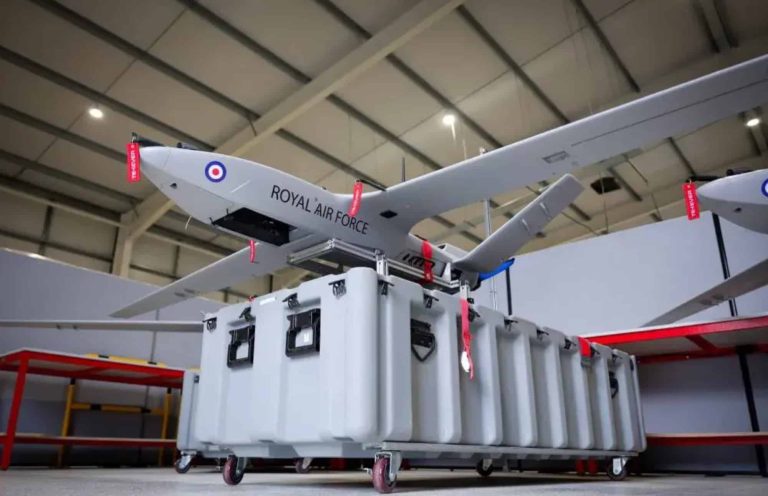

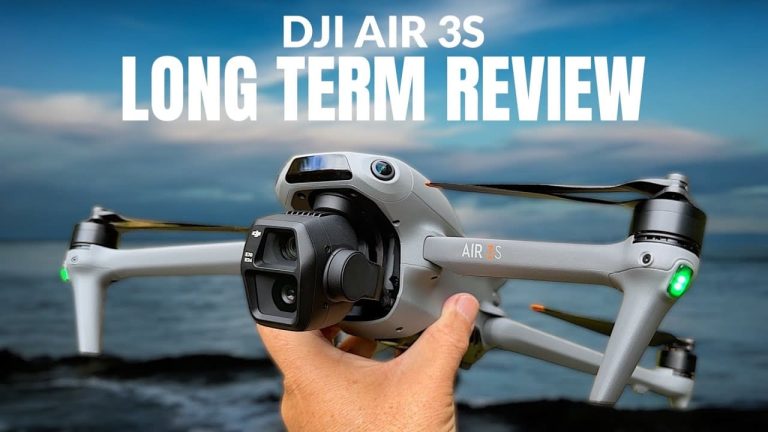
+ There are no comments
Add yours